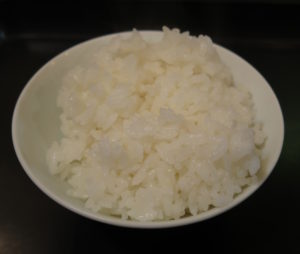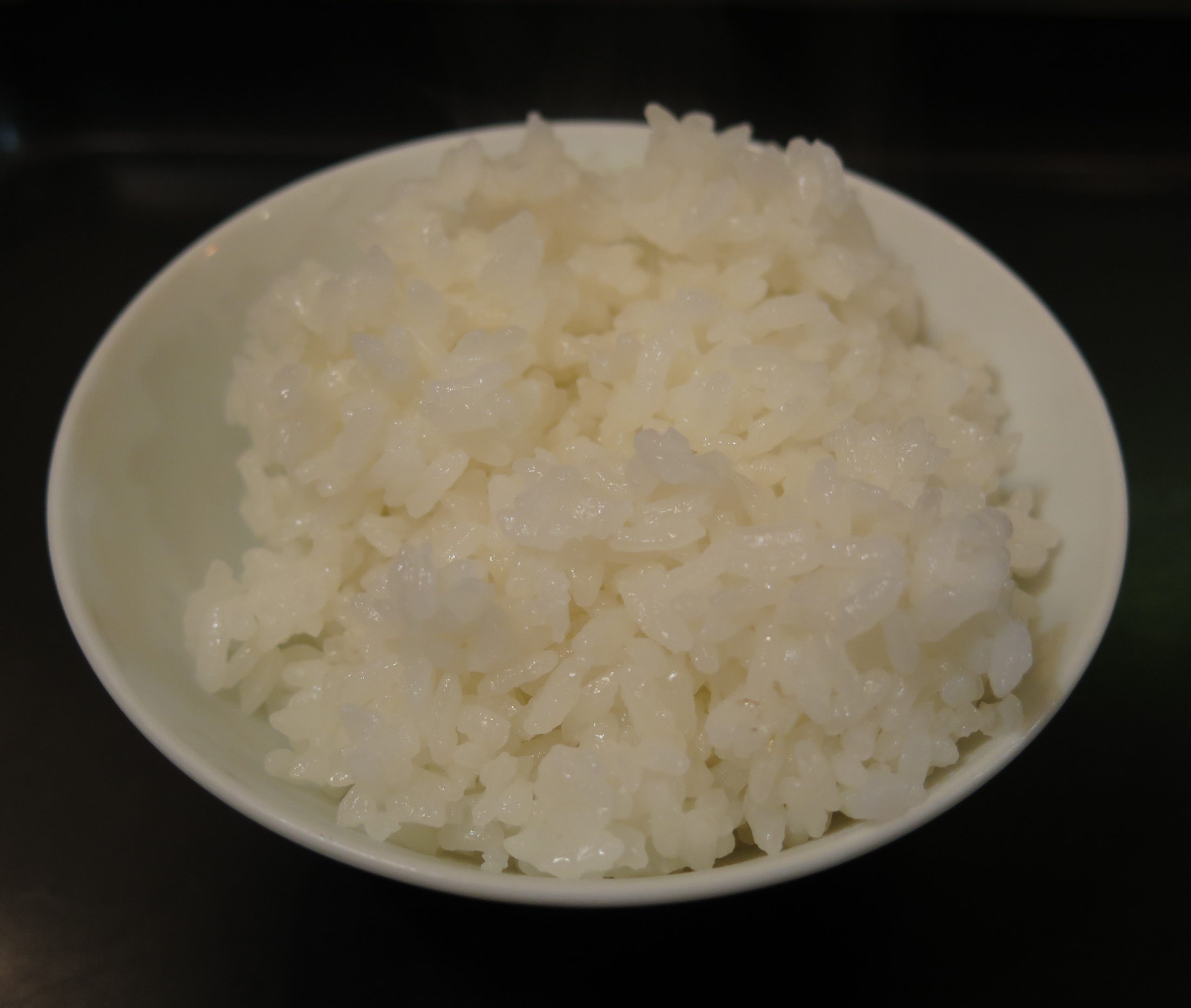
The latest major study issued by a blue-ribbon commission on racism infecting American culture comes on the heels of other startling examples which “woke” academia, government and the media have pinpointed during this past year. Indeed, in recent months we have witnessed the Oregon Department of Education explain how traditional mathematics—you know the 2 + 2 = 4 version—is racist and unfairly penalizes BIPOC [Black, Indigenous, People Of Color] students, and that students should be able to decide for themselves what 2 + 2 actually is, with no correction or interference from a white teacher. A BIPOC child may think the equation equals 5 or maybe 6. For a teacher or professor to admonish the student is blatantly wrong and an indication of toxic white supremacy.
And then there was the credentialed academic and author who claimed that a majority of white people with dogs who let their canine pets stay indoors was a clear indication of “white canine racism” [since BIPOC people tend to be poorer than whites without the wherewithal to offer good indoor housing to their pets].
I have written about these and other cases in MY CORNER back on February 17 of this year.
The number of such reports emitted recently from academia boggles the mind. Almost every day we can read of another instance, another example. And academia embraces such findings with zealous alacrity.
So, when I ran across the following news article, I decided to relay it to readers exactly as it ran:
HISTORIC WHITE RICE RACISM IS ENDEMIC TO WHITE EUROPEAN CULTURE, RESEARCHERS SAY (UPI – Wednesday September 29, 2021)
(Boston – September 29, 2021) A report issued Tuesday, Sept. 28, labels white rice as an historic and continuing example of “white European colonialism and toxic food racism.” The report, issued by the Blue-Ribbon Task Force on Food Racism and Inequity, in 108 pages reveals in detail both the history and the effects of white rice in Anglo-European culture, how its consumption became a status symbol utilized by white plantation owners and wealthy classes to emphasize their supremacy and control of society, and the resulting submission of BIPOC peoples. The report also includes a long chapter on rice-cultivation and the historical use of slave labor and oppressed people in the process.
Dr. Stanwyck Vile, who heads of the International Institute for Food Diversity, Equity, and Inclusiveness [IIFDEI], chaired the commission, composed of world-renowned experts in the fields of African-American studies, feminism, transgenderism and transphobic deterrence, ableism, and anti-fat theory. Dr. Gladys Hookah-Schmuck, tenured chair of the Black Liberation and Feminist Lesbian and Polyamory Studies program at Baxter University, served as vice-chair.
Interviewed about the findings of the year-long, multi-million dollar study, supported by a grant from the Ford Foundation, Dr. Vile highlighted several of the major points in the report.
“White rice is, you see, white,” he offered. “That was our first very substantial clue that white rice is, well, racist. We spent six months researching that point. You see, there is no equity here. Yes, there is brown rice, but as we all know, it is consigned largely to Chinese restaurants. And that fact is, as they say, a double-whammy: it’s largely limited to Asian establishments and normally not consumed by most people. Brown rice is, then, obviously oppressed and restricted, which is a most definite indication of the white supremacy of white rice.”
At that point Dr. Hookah-Schmuck interjected another important finding and complaint made by the commission report. “We were shocked by the fact that historically there is very little evidence of black rice…and we spent hours and hours scouring manuscripts and recipe books going back to the 13th century, reviewing television cooking programs—we even watched the complete Julia Child series. But, then, we happened upon reruns of Justin Wilson, the Louisiana chef.”
“And everything seemed to fall into place,” she continued. “Wilson,” she revealed with an air of triumphant satisfaction, “was a white male Southerner, from Louisiana, who talked with the kind of accent that you would normally hear employed by Southern racists and Klan members. And he only used white rice. It was all right there.”
It seemed to make sense to the commission members, the connections, the relationships, according to Hookah-Schmuck.
At this point in the interview, Vile interjected: “One of our major findings and recommendations had to do with ‘black rice’ equity. We looked at the history, or I should say the lack of history, of black rice, and we suggested some potential and much-needed remedies to this toxic state of affairs.”
“The only substantial examples of black rice we can find historically,” added Hookah-Schmuck, “are when white race is overcooked and burned, but, you see, that is never intentional, so in no way is that process motivated by social justice concerns and the desire for genuine equity and diversity.”
Dr. Hookah-Schmuck added that a significant section of the commission’s report is dedicated to proposed methods and federal programs to address this burning question.
“So what we are recommending is that the United States Congress enact a Rice Equity and Diversity Act,” added Vile. “We have communicated with Speaker Nancy Pelosi, and explained to her the extreme need for legislation which would set up a national rice civil rights standards board and which would require that in every household where rice is prepared that a substantial portion be blackened by burning. Of course, this would also require a large staff—a rice patrol, as it were—to enforce that regulation, to have the authority to enter any household at dinner time and make certain ‘rice equity’ is carried out.”
Speaker Pelosi, according to Vile and Hookah-Schmuck, was very receptive to the commission’s proposal, and promised to consult with other prominent comgresspeople in the House Democratic Caucus about future legislation. She also hinted that several Republicans, including Reps. Adam Kinzinger and Liz Cheney, and perhaps a few others (who did not wish to be labeled “racists”), would co-sponsor such legislation.
Asked about the bad reputation in which burned or black rice is held, its claimed unsavory and non-appetizing flavor and smell, Hookah-Schmuck suggested that such claims come mostly from far right wing extremists. She added that among the commission’s recommendations is a demand for a budgeted re-education of the American public about the delights and tastiness of burned black rice, using the school system and the media.
Although the commission did not make explicit the dollar amount envisaged by commission members to accomplish these ambitious goals, a member did, off the record, volunteer a figure of five to eight trillion dollars, over a ten year period, to be gathered via a value-added tax on all purchases that certifiably white citizens make when they go to the grocery store.
*****
[Now, if you have read this far, you may suspect—rightly—that this purported “news article” is not genuine, a fake. And, at least for the moment, it is. But does anyone doubt after seeing and reading what has happened on college campuses this past year and what is spewed forth daily by our media and political class, that such a finding, such a report might well be in our future? In other words, perhaps we shouldn’t be surprised if something like this does happen? After all, this is the giant lunatic asylum—the United States of America, circa 2021—in which we live. BDC]






LOL!!! You know, the best satire always contains a … (wait for it) … grain of truth. And, yes, I did actually laugh out loud!
Goodness gracious, the quality of writing on this site is in a death spiral.
Love the evident sarcasm in this little essay.
Too delicious.
Dr. Cathay’s piece is an insightful one, as usual. However referring to the US as a giant lunatic asylum is an insult – to all self-respecting lunatic asylums! The US has become an enormous excrement farm; it’s our primary product and export.